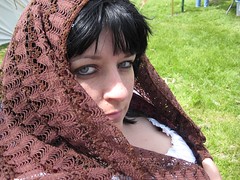Is Tarot Card Reading by Telephone as Goos as Face to Face?
The history of the Tarot is something that is obscured by time. There are some references and researchers that connect the origin of the Tarot with that of Ancient Egypt, while other historians and scholars suggest that the Tarot shares roots with ancient gypsy cultures. Still, there are other researchers that attach an Italian origin to the Tarot cards, and it is believed that the Tarot Cards became a tool of divination right around the 1400s. Since that time, hundreds of different decks have evolved and are currently in use; one of the most popular decks being the Rider-Waite deck.
A typical tarot deck contains 78 cards consisting of the four suits seen in regular card games, which are hearts, diamonds, spades, and clubs. The Latin version of the tarot deck has a different set of suits. They are swords, batons, cups, and coins. Like a regular deck, tarot cards are numbered from one to ten plus the four court cards; jack, queen, king, and ace.
The difference between a tarot deck and the regular deck is the twenty-one divinity cards known as Major Arcana. A joker equivalent in the tarot deck is called the Fool, or the excuse. The Fool can take all four suits and acts as the strongest trump card.
Tarot card interpretations are always changing – and they have also differed significantly through time. Today, however, there are common and general card meanings. For example, minor arcana cards usually have an astrological meaning that changes along with the seasons of the year. On another side of things, court cards talk of people and their nature. This nature concerns the physio-emotional traits of a person.
More specifically, the determinants of a
